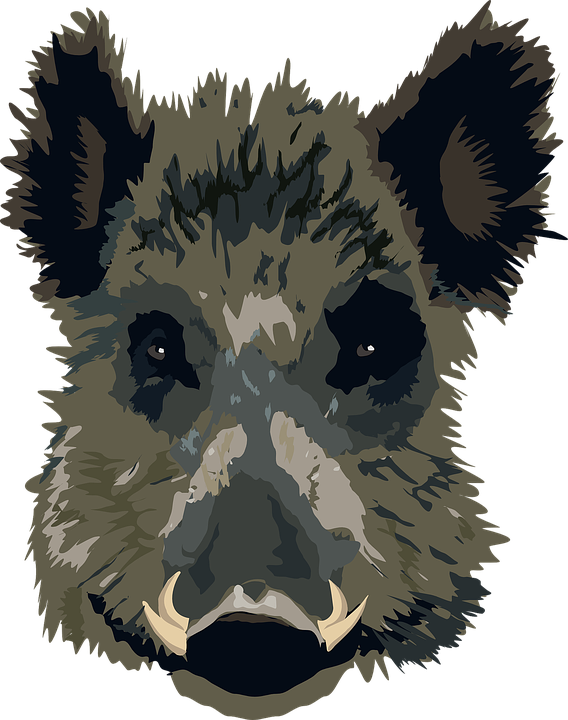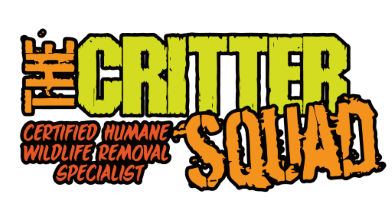Houston Hog Removal
High-Tech Feral Pig Control Solutions
[no_toc]
Are you in need of professional Houston hog removal services? Feral hog removal requires extensive planning and research to prevent unwanted consequences. The potential risks involved with such a removal program include property damage, harm to livestock, loss of crop production, reduction in food availability, loss of jobs and livelihoods, and degradation of community values. Although this practice is not considered to be inherently dangerous, feral pigs do pose a risk to both humans and livestock when not handled properly. This is why proper planning and implementation are critical to the success of a hog removal project.
Many states, including Texas, have established regulations for feral hogs and have enacted laws that prohibit their possession. Although not all states have these laws, many municipalities require that livestock owners to register their animals with local wildlife departments. Feral hog removal programs often require that the animals be removed within a specified period of time. In some cases, the animals may be taken away by trap or by humane trapping, but the animals may be relocated to another area. Some landowners will allow relocation on their property only, while others require the hog removal service to come onto the property and remove the animals from the land.
Feral hog removal programs can be very successful in providing the animals with a more productive and safe living environment. In the case of feral pigs, a professional service can safely and humanely remove the animals from residential areas, commercial properties, farms, forests, or other areas without damaging any property, livestock, or the environment. Texas is home to the most prolific population of feral pigs in the U.S., with an estimate of about 2.3 million of the estimated annual nationwide population of about 4 million. This large number of pigs, which can weigh up to 100 pounds, can become a significant nuisance if not managed properly.
Feral hog removal may also result in property damage to homes or businesses. If an animal were to escape from a farm or ranch, it could destroy crops, cause property damage, or even attack people. These animals can create potential health hazards and spread disease to livestock and humans as well as cause damage to natural resources. {such as water supplies, plants, trees, and animals. When livestock are injured or killed, the owners may need to obtain animal control services to safely remove the animals and prevent further damage to the area.
Animals removed from a community must undergo a thorough inspection prior to removal. The reason for this inspection is to make sure the animals are healthy, free of disease, and free from parasites. Most companies will provide an inspection report after the animals have been removed.
In the case of an animal control removal, a company will often need to come to the location to perform the removal, as well. This is done before the animals are removed to determine the safety and health of the animals, before removing them to another location, and after the animals are removed. If there are any issues with the removal, the company can advise the homeowner on proper care for the animals to ensure their health in the new location.
Get Help!

Master Key System
Vivamus suscipit tortor eget felis porttitor volutpat. Donec rutrum congue leo eget malesuada. Curabitur arcu erat, accumsan id imperdiet et, porttitor at sem. Lorem ipsum dolor sit amet, consectetur adipiscing elit. Curabitur arcu erat, accumsan id imperdiet et, porttitor at sem. Donec sollicitudin molestie malesuada. Curabitur non nulla sit amet nisl tempus convallis quis ac lectus.
Intercom Systems
Vivamus suscipit tortor eget felis porttitor volutpat. Donec rutrum congue leo eget malesuada. Curabitur arcu erat, accumsan id imperdiet et, porttitor at sem. Lorem ipsum dolor sit amet, consectetur adipiscing elit. Curabitur arcu erat, accumsan id imperdiet et, porttitor at sem. Donec sollicitudin molestie malesuada. Curabitur non nulla sit amet nisl tempus convallis quis ac lectus.
Military Grade Technology
We don't just set traps and hope...
The common hog management approach to controlling feral pigs is typically trapping and / or snaring. The problem here? Hogs are extremely smart and more times than not, they just aren’t willing to enter little hog pen traps. When damage is being done, this is simply not a practical approach to stopping wild hog damage in a timely manner.
We strategically set, aim and fire!
We take hog control to a whole new level with the most technologically advanced, military grade system on the market. This gives us the advantage of utilizing wireless cameras and thermal imaging devices with remotely activated traps, bypassing issues of a single hog setting off traps before others enter or traps just simply not being triggered at all.
TRAPPING
Feral hog sows produce 1.5 litters per year on average, with six piglets in each, though a single litter may include up to 14 piglets.
Female feral hogs typically reach sexual maturity as young as 3-4 months of age; however, most wild sows reach puberty by the time they are one year old. Females of this species are polyestrous, being able to come into estrus every 18-24 days if they are not successfully bred.
